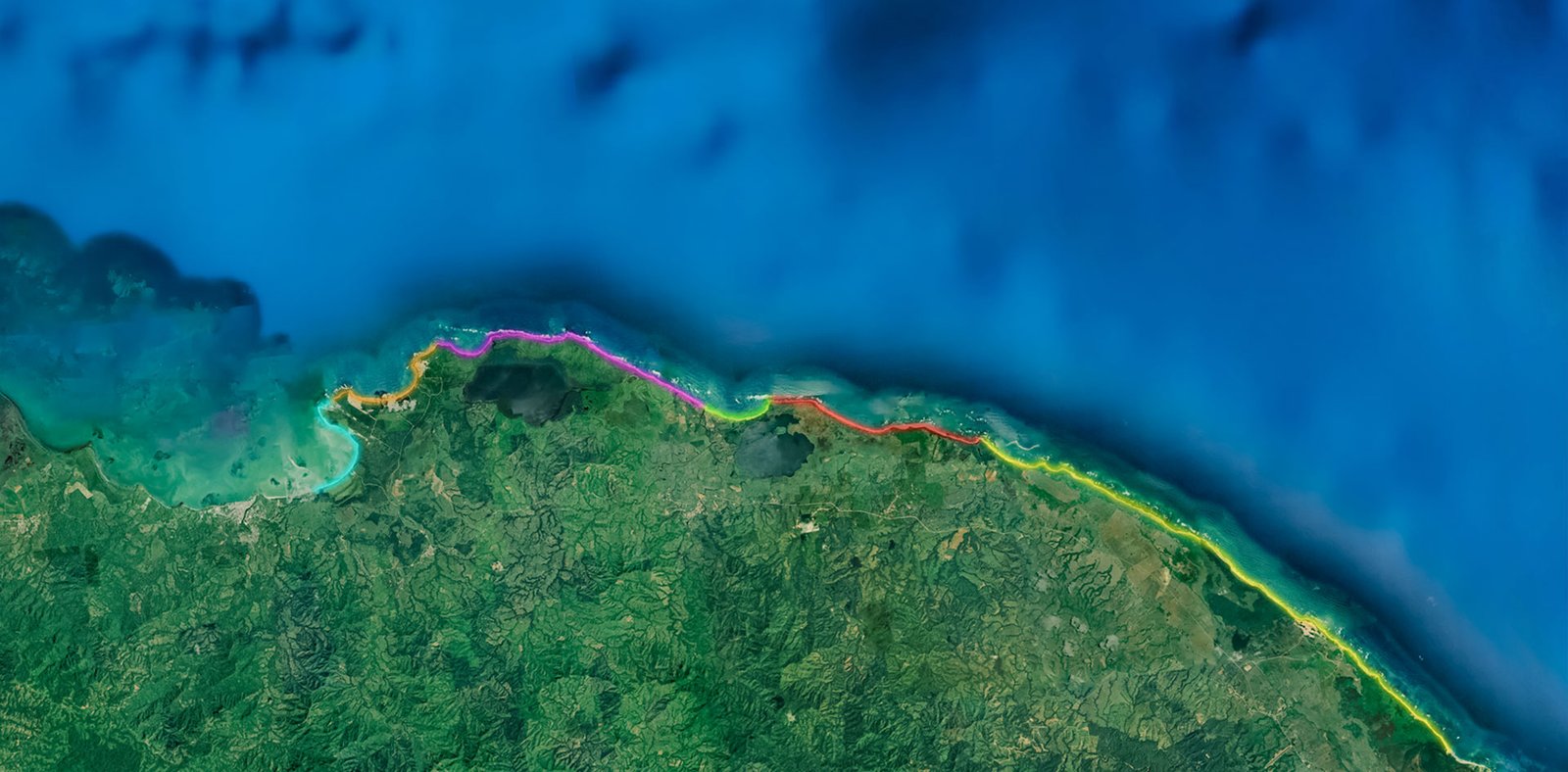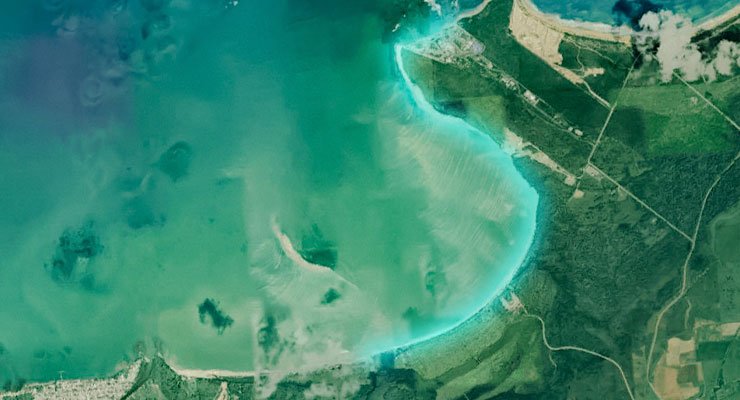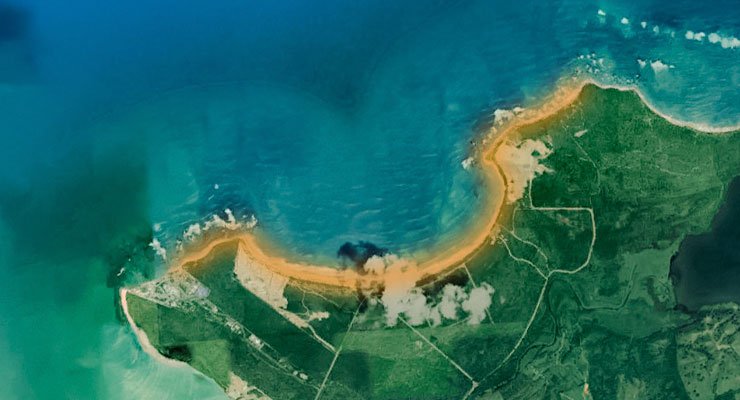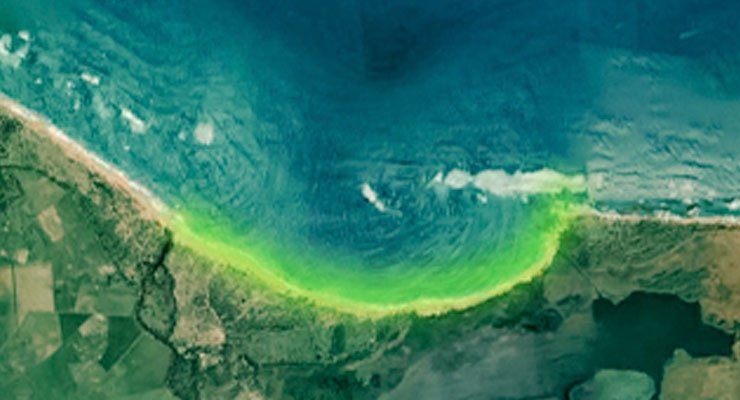Protortuga
Sea Turtle Monitoring and Protection Program of Miches
Protortuga’s is an initiative implemented through an agreement between the El Seibo-Miches Hotel and Tourism Association Promiches and the Ministry of the Environment and Natural Resources, whose objective is to guarantee the best conditions for the reproduction of sea turtles on the beaches of Miches and Lavacama, based on a Public-Private-Community alliance that prioritizes resilient and regenerative tourism development in the Dominican Republic.
Vision/Mission
Vision: To be the Dominican Republic’s most robust sea turtle conservation program, recognized for increasing recorded nesting events, building impactful partnerships, and authoring valuable scientific contributions.
Mission: To monitor and protect sea turtle nesting sites in the Miches and Lavacama regions, via strong partnerships between the public sector, private tourism industry and local communities.
General Objectives
To ensure the best possible conditions for sea turtle reproduction, by meticulously monitoring and protecting nesting sites on the beaches of Miches and Lavacama, through initiatives to raise awareness and foster community involvement, as well as scientific research and its dissemination.
To guide tourism activity in Miches and Lavacama to support sea turtle conservation objectives based on a model of resilient and regenerative tourism.
Specific actions
- Monitor the beaches looking to Identify mothers and nests in order to mark, register and protect them.
- Educate every actor that comes into direct or indirect contact with sea turtle reproduction, from local residents to tourists, about the importance of sea turtles and how human behavior impacts their environment.
- Promote scientific research and the dissemination of data related to sea turtle conservation activities, in order to contribute to international efforts.
- Promote the socioeconomic inclusion of the community in sea turtle conservation activities through tourism.
2024 SEASON
Protortuga’s has a total reach of about 53 linear kilometers of beach, of which 41 Kms. are permanently monitored during the season, since 2025.

TINGLAR
25 Eventos
19 Nidos
19 Caracoleos
309 Neonatos

VERDE
1 Eventos
1 Nido
0 Caracoleos
83 Neonatos

CAREY
1 Eventos
1 Nido
0 Caracoleos
82 Neonatos
OUR METHODOLOGY
Protortuga’s was designed with the advice of biologists and other professionals with extensive experience in sea turtle conservation in the Dominican Republic and Costa Rica, structured in three components:
- Monitoring and protection
- Education and awareness
- Research and scientific dissemination
The season runs from March 1st to October 31st each year. During this time, the program hires local staff to monitor the beaches and identify nesting sites, which are then protected throughout the incubation period.
Nests that are at risk of being looted or affected by beach erosion are relocated to the hatcheries at Playa Esmeralda or Playa Limón, where environmental variables are controlled to replicate natural conditions and protect the nests until hatching.
During hatching, the neonates’ safe arrival to the beach is ensured, and nest data is collected through nest exhumation. This data is processed by the Data Analysis team using software created specifically for this purpose and is shared monthly with the Ministry of the Environment.
At the end of the season, our Scientific Advisor compiles the information and prepares seasonal reports, which are made available to all our partners via email and the Protortuga’s website, where they remain permanently accessible.
Protortuga’s collaborates with businesses operating in coastal areas to ensure their work contributes to favorable nesting conditions in the region, raising awareness and facilitating initiatives such as proper beach lighting and the promotion of policies like prohibiting vehicle traffic on dunes.
Additionally, Protortuga’s welcomes community members and visitors to participate in its conservation efforts, fostering awareness of the region’s significant environmental wealth and the importance of its protection.







